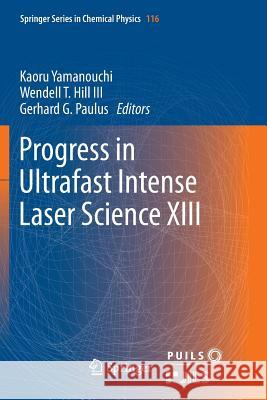Progress in Ultrafast Intense Laser Science XIII » książka
topmenu
Progress in Ultrafast Intense Laser Science XIII
ISBN-13: 9783319878843 / Angielski / Miękka / 2019 / 223 str.
Kategorie BISAC:
Wydawca:
Springer
Seria wydawnicza:
Język:
Angielski
ISBN-13:
9783319878843
Rok wydania:
2019
Wydanie:
Softcover Repri
Ilość stron:
223
Waga:
0.34 kg
Wymiary:
23.39 x 15.6 x 1.3
Oprawa:
Miękka
Wolumenów:
01
Dodatkowe informacje:
Wydanie ilustrowane











